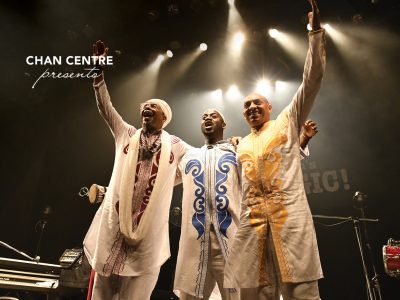
- Wednesday Noon Hours
- The Sacred and Profane: Music of the Soul
The Sacred and Profane: Music of the Soul
Cellist Eric Wilson and pianist Corey Hamm bring to life Abu Ghraib by American composer John Harbison and Sonata No. 1 by Soviet composer Alfred Schnittke. The musicians will explore the connective tissue interweaving these two works—the consequence of conflict and seeking music in a moment when words can fail.
PROGRAM:
Eric Wilson cello
Corey Hamm piano
John Harbison Abu Ghraib for cello and piano (2012)
Alfred Schnittke Sonata No. 1
Composer note for Abu Ghraib for cello and piano (2012):
“The title of this piece refers to an important episode in our country’s history. Abu Ghraib, while inscribed on our nation’s consciousness by photographs and reports, has been absorbed into the nation’s bloodstream, its long-term effects yet to be known.
There are two movements, separated by a pause: Scene I. Prayer I; Scene II., Prayer II. Each Prayer begins with the violoncello playing alone.
Scene I, in its harmonic details, investigates infection and wrongness. Then, in a less rebarbative language, Prayer I begins a tentative plea for help beyond ourselves.
Scene II is based on an Iraqi song that I was hired to transcribe back in 1962, for a collection called Lullabies of the World (I was asked to transform its bent pitches and asymmetrical rhythms into “American family-sing form.”) This song is shown to have connections to two of our well-known hymns. Prayer II again suggests that by entering a difficult meditative world we may find the courage to face our own Shadow.” — John Harbison
Sonata No. 1 for cello and piano (1978)
Note on Schnittke’s life and music:
“For Soviet composers, the 1970s was a decade of ‘intonational crisis’: a period when they began to question their initial embrace of the avant-garde techniques they had learned during the ’60s. And for Schnittke in particular that meant delving deeply into the nature of musical expression. He had already argued that all composers, consciously or not, had ‘hierarchies’, or ‘layers’ in their musical language, citing Mahler, Webern, and Ives as examples. In his own First Symphony, Schnittke, following Mahler and Ives, had favoured a starkly juxtaposed polystylism. But only four years later the process of consolidating and refining this chaotic language began. With the Piano Quintet, composed in response to the death of his mother, Schnittke’s musical language underwent a transformation.” — Pauline Fairclough














